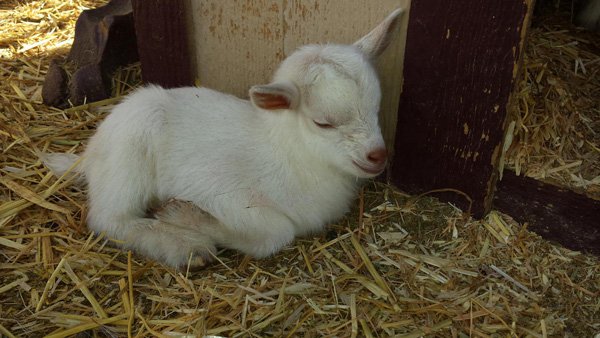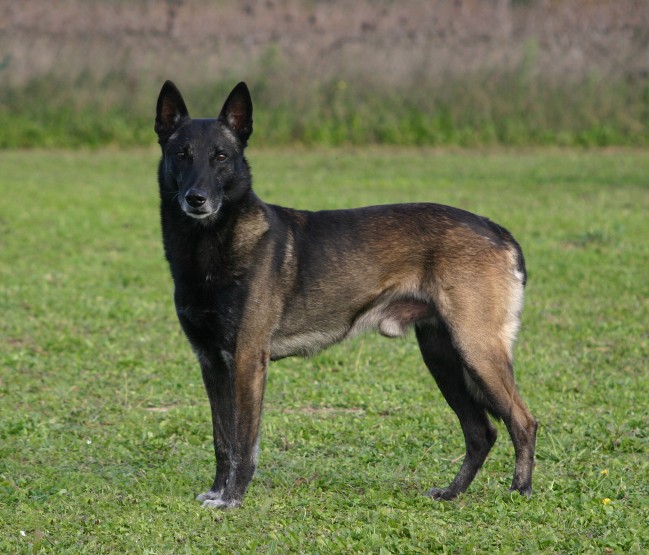
As a pet owner, you undoubtedly want the very best for your pet. Yet, you may be causing harm to your dog or cat without even realizing it if you are not reading the labels on your pets' food. You would check out the label on your food before you eat it, wouldn't you? So, why wouldn't you do the same for your pet? The reality is that, if you want your pet to live a long and healthy life, reading the labels and selecting your pet's food carefully is essential.
What to Expect on Your Pet's Food Label
Just as with food manufactured for humans, pet food manufacturers must meet regulations that are established by the Department of Agriculture as well as the Food and Drug Administration. As such, pet food labels must also include certain types of information in order to help you make the most nutritious choice.
When you look on the label of a box, bag or can of pet food, you will find two different sections. One section, which is referred to as the "principal display" will include the name of the pet food as well as some of the specific ingredients included in the food. The other label is the "information" section. Here, you will find more specific information about what is included in the food you are considering buying.
Obtaining the Information You Really Need
While the principal display does provide some useful information that will help you start the process of narrowing down your food choices, the information section is where you will find the majority of the information you need to make your final decision. Here, you will find the complete list of ingredients as well as specific feeding instructions and nutritional claims.
Just as with human foods, you should keep in mind that the ingredients listed on the label are in descending order. This means that the ingredient listed first is the ingredient found in the greatest abundance, while the ingredient listed last is found in the least abundance. Knowing this is helpful when it comes to selecting the right food. If your pet needs a diet that is high in protein, for example, you should look for a food that lists different types of meats as the first two ingredients. If your pet needs to follow a diet that is low in protein, on the other hand, it would be better to select a food with several different carbohydrates listed within the top ingredients.
In addition to looking at the ingredients included in the food, you should also consider the nutrient content. If you are comparing various types of dry foods to one another, you can make a direct comparison of the nutrient densities listed. If you are comparing a moist food to a dry food, however, you will need to calculate the dry matter nutrient amount. To do this, subtract the percent of moisture present in the food from 100 and then multiply this percent times the values that are listed on the label. Obviously, the greater the nutritional value, the better the food will be for your pet.
While it may seem like a lot of trouble to go through in order to pick out the right pet food, you will be glad you took the time when you see how happy, healthy and beautiful your pet looks. In addition, once you find the right food, you will know exactly which product to purchase the next time you head out to buy food for your beloved pet.
 Making Sure That Your Dog Gets Everything They Need Out Of Their Walks
Making Sure That
Making Sure That Your Dog Gets Everything They Need Out Of Their Walks
Making Sure That
 Enjoy the outdoors with your dog this autumn with an airline approved dog carrier
Enjoy the outdoors with your dog this autumn with an airli
Enjoy the outdoors with your dog this autumn with an airline approved dog carrier
Enjoy the outdoors with your dog this autumn with an airli
 The Three Sires That All Thoroughbreds Share
The Three Sires T
The Three Sires That All Thoroughbreds Share
The Three Sires T
 Dog Pig Hunting – How to get started
Dog Pig Hunting – How to get started
Hunting p
Dog Pig Hunting – How to get started
Dog Pig Hunting – How to get started
Hunting p
 The Belgium Malinois And Epilepsy
The Belgium Malin
The Belgium Malinois And Epilepsy
The Belgium Malin
Copyright © 2005-2016 Pet Information All Rights Reserved
Contact us: www162date@outlook.com